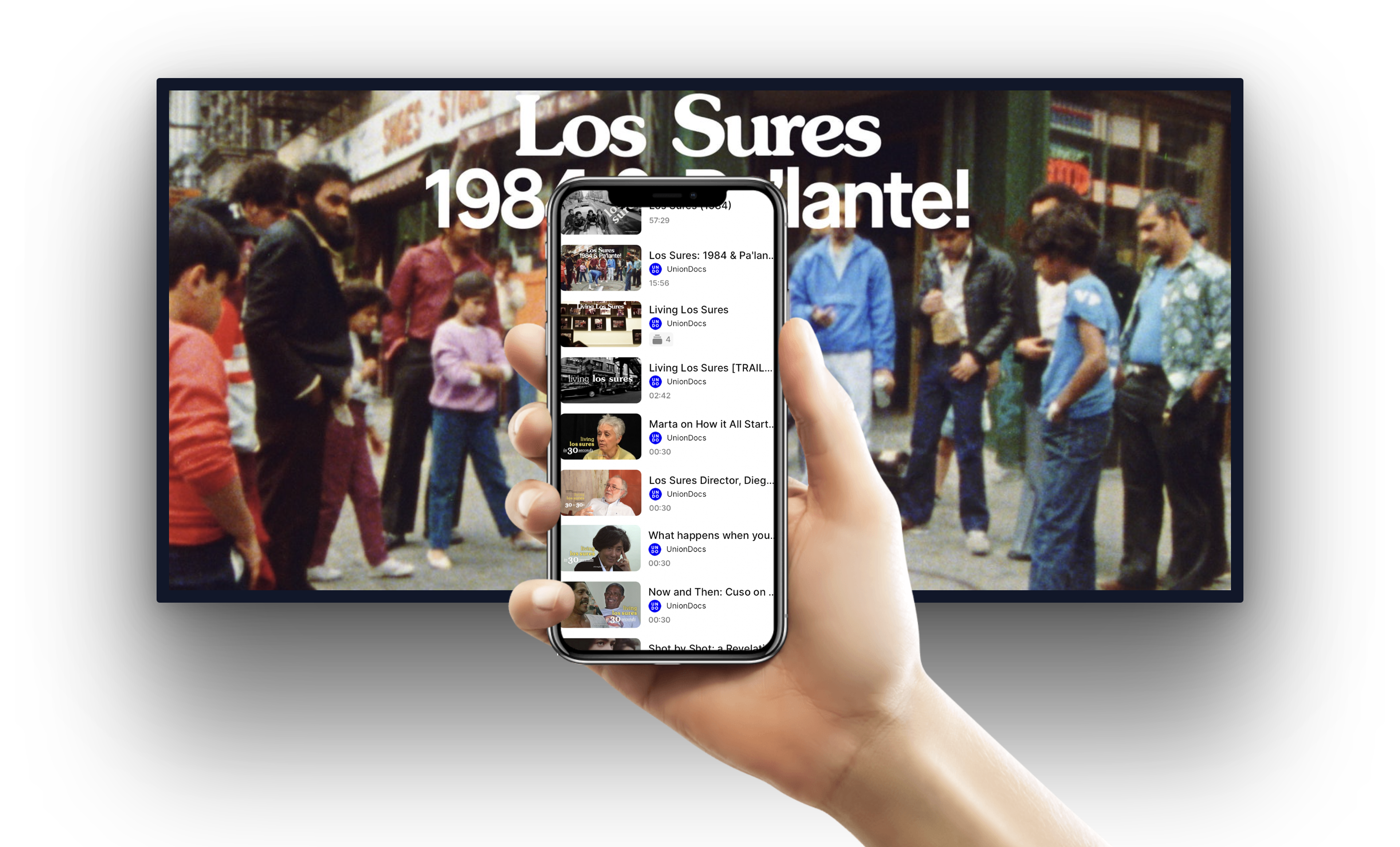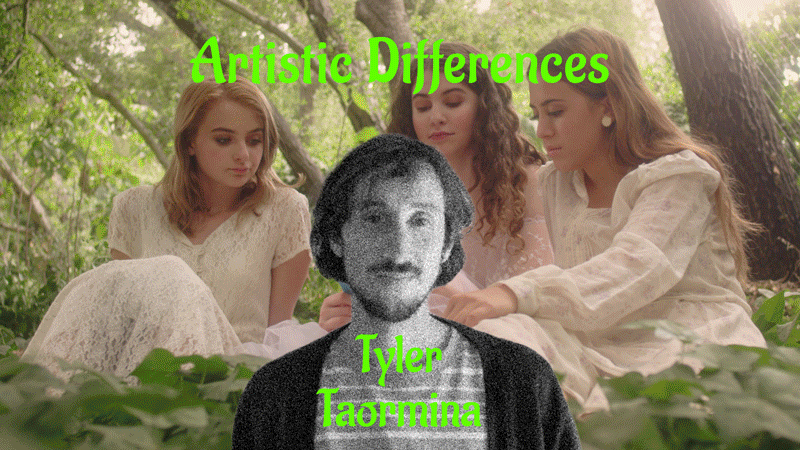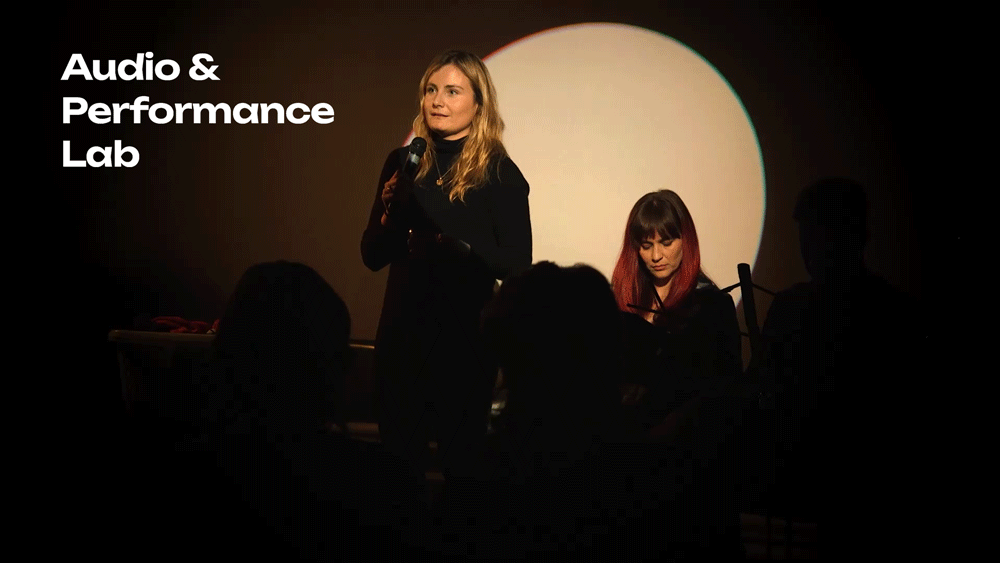The camera surveys its surrounding in this program of classic and rarely seen films from the Filmmakers’ Cooperative library. Whether an industrial urban wasteland or a pristine rural landscape, filmmakers have long used the camera to explore, interpret and re-imagine the landscapes they inhabit, transporting us from the familiar to the foreign and back again. Curated by Scott Nyerges and Ryan Marino.
Atmos Fear Tom DeWitt (USA, 1966, 6 minutes, color, sound, 16mm)
“Things to watch for include: the way DeWitt thinks inside his camera, the use of single-frame techniques to enhance certain images, the lens-integrity in zoom and focusing effects (he borrowed Vanderbeek’s equipment to make this film), and the moderate use of solarization (re-exposed/negative print) and multiple exposure. There is a lot to be learned from ATMOS FEAR.” – David Buehler
Go Go Go Marie Menken
(USA, 1964, color, silent, 12 minutes, 16mm)
Taken from a moving vehicle, for much of the footage. The rest uses stationary frame, stop-motion. In the harbor sequence, I had to wait for the right amount of activity, to show effectively the boats darting about; some sequences took over an hour to shoot, and last perhaps a minute on the screen. The “strength and health” sequence was shot at a body beautiful convention. Various parts of the city of New York, the busy man’s engrossment in his busy-ness, make up the major part of the film … a tour-de-force on man’s activities. – Marie Menken
Silvercup Jim Jennings
(USA, 1998 black and white, silent, 12 minutes, 16m)
“A tender ode to the industrial neighborhood of Long Island City, Queens, strung together with Manhattan across the East River by the Queensborough Bridge and the elevated subway line. “The trains and webs of steel enslave and at the same time bring us together. The past haunts me, and at the same time its memories are precious. Much of the film was edited in the camera. About half of what I shot was discarded, and in the editing room I very slowly removed and arranged what remained after several screenings.” -Jim Jennings
Earth Saga Rosalind Schneider
(USA, 1980, color, sound, 20 minutes, 16mm)
“Based on Icelandic Landscape, Earth Saga reveals the powerful beauty of a land formed by volcanic explosion. From steaming lava ash to moss-covered fields, the film redefines color and black and white images, superimposing abstract and surreal visions of nature. Original shooting was done in both 16mm and super 8mm enabling the filmmaker to alter the inherent texture of the compositions through optical printing techniques of extended sequences, re-framing and superimposing the resulting footage forms new flowing and rhythmic patterns in an illusionistic translation of landscape.”- Rosalind Schneider
Porter Springs 3 Henry Hills
(USA, 1977, color, silent, 6 minutes, 16mm)
“These beautiful, intricately animated reflections were unfortunately shot in ECO which has proved to be remarkably unstable, turning blue before I had an internegative made. Therefore, this is one of only three prints of this “elegant and serene experience”-Pat O’Neill
Maas Observation Karel Doing & Greg Pope
(USA, 1997, black-and-white, sound, 11 minutes, 16mm)
“In MAAS OBSERVATION Doing and Pope demonstrate their fascination in the bizarre landscape of the port of Rotterdam, a stretch of ‘neo-nature’ with little place for humans, where huge machines seem to move around according to a logic of their own. The film begins with images of windmills on the edge of the Maas plain in a montage sequence based on the steady rhythm of the rotating sails. The focus gradually shifts towards activities on the river further upstream. The montage tempo slows down as the mechanical motion gives way to the play of reflections in the water.”
Dozer Anna Geyer
(USA, 1999, color & black-and-white, sound, 14 minutes, 16mm)
As long as I can remember, I have had an affection for bulldozers — their power and their grandeur. My fascination with them continues to grow as I observe their ceaseless efforts. With this film I explore the awe inspired by such a destructive force. DOZER features the bulldozer as an icon of American culture and examines the continuous reconstruction of our surroundings. An important point of focus is the impact of the automobile and its infrastructure on our society, environment, and general quality of life, as bulldozers exchange natural landscapes for freeways – landscapes of an industrialized society. This film explores how and why the advent of the automobile has reshaped our lives with an emphasis on several questions: what was there before? What has changed due to the car? My grandmother provides voiceover accounts of life during the emergence of the automobile. She perfectly illustrates pivotal moments of history in very human terms. The naively optimistic text of The Prayer of America’s Road Builders adds a subtle irony. Industrial sounds (piledrivers, edgecode printers, trains, the freeway itself, etc.) are manipulated, looped, and layered to function as music. As an aural atmosphere of rhythm, the effects at times create fake sync sound and at others act contrapuntally, contributing to the visual images to form a unique filmic space. The visual aesthetic of DOZER is an exploration of structure and construction as well. I utilize many forms of image layering (multiple projection, optical printing and in-camera effects) which create an even greater distance between subject and viewer.
Total Run time: 80 minutes






